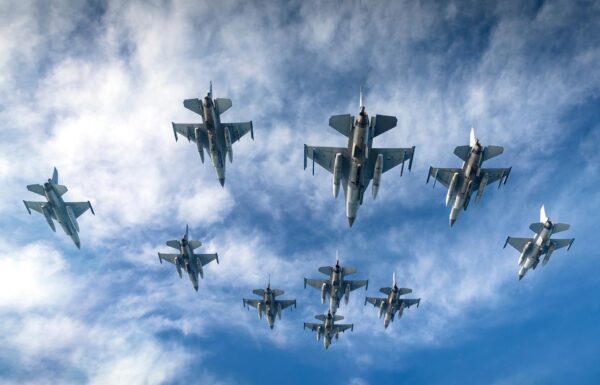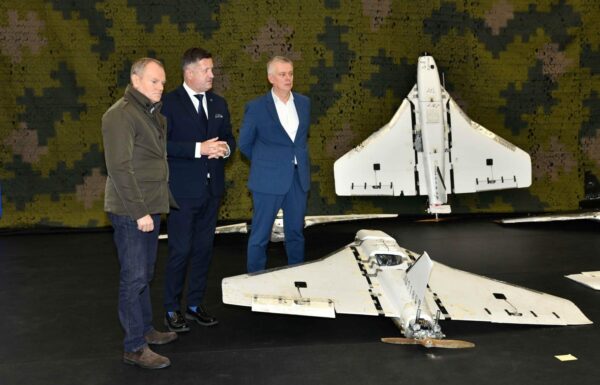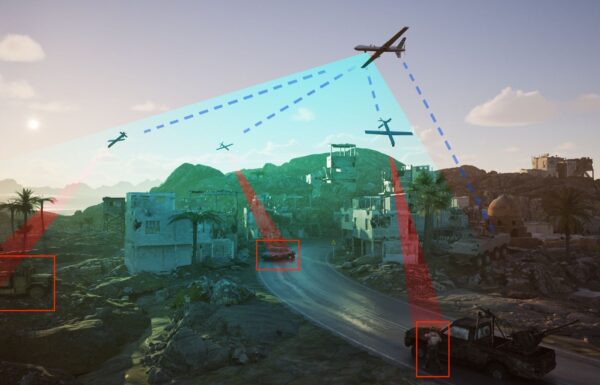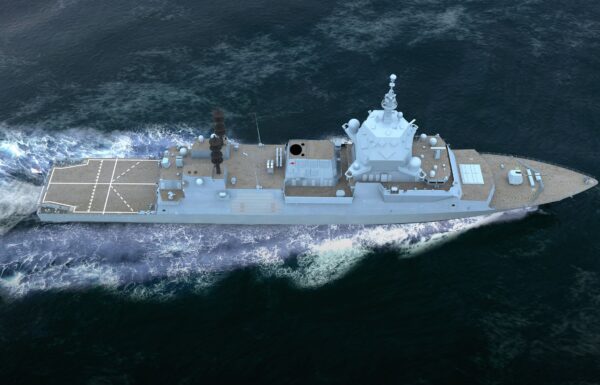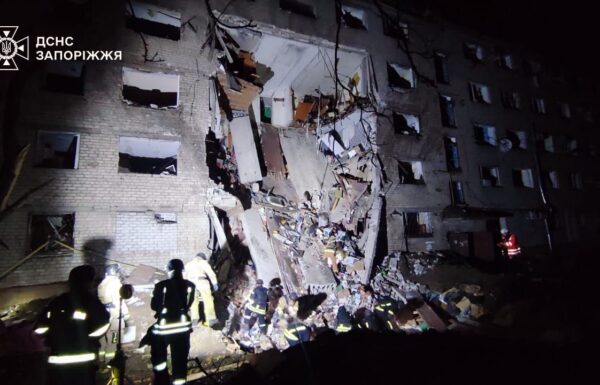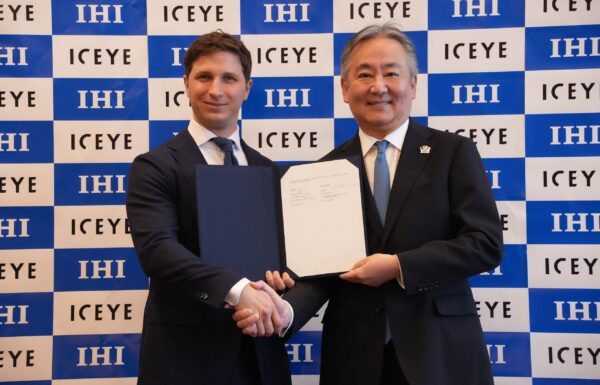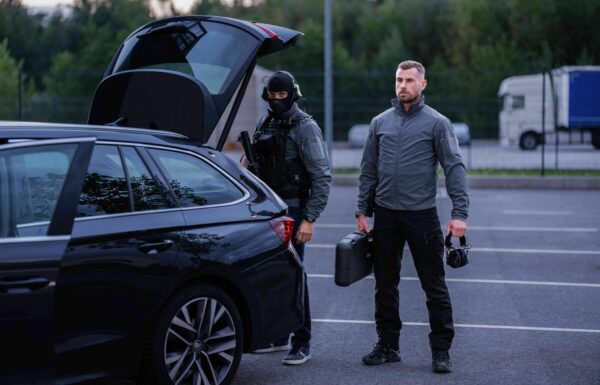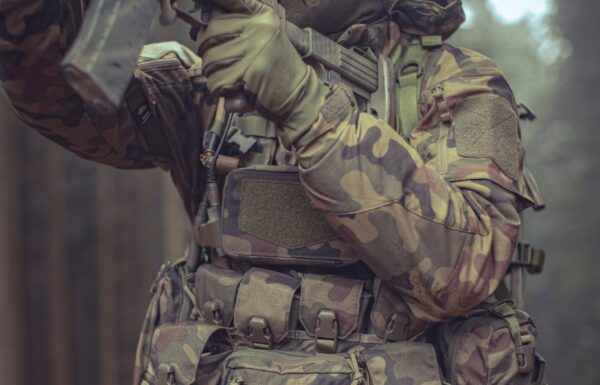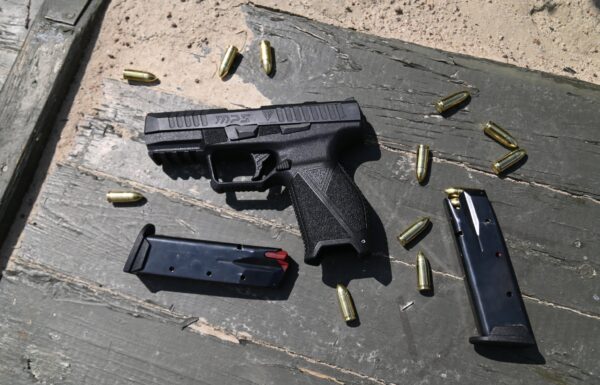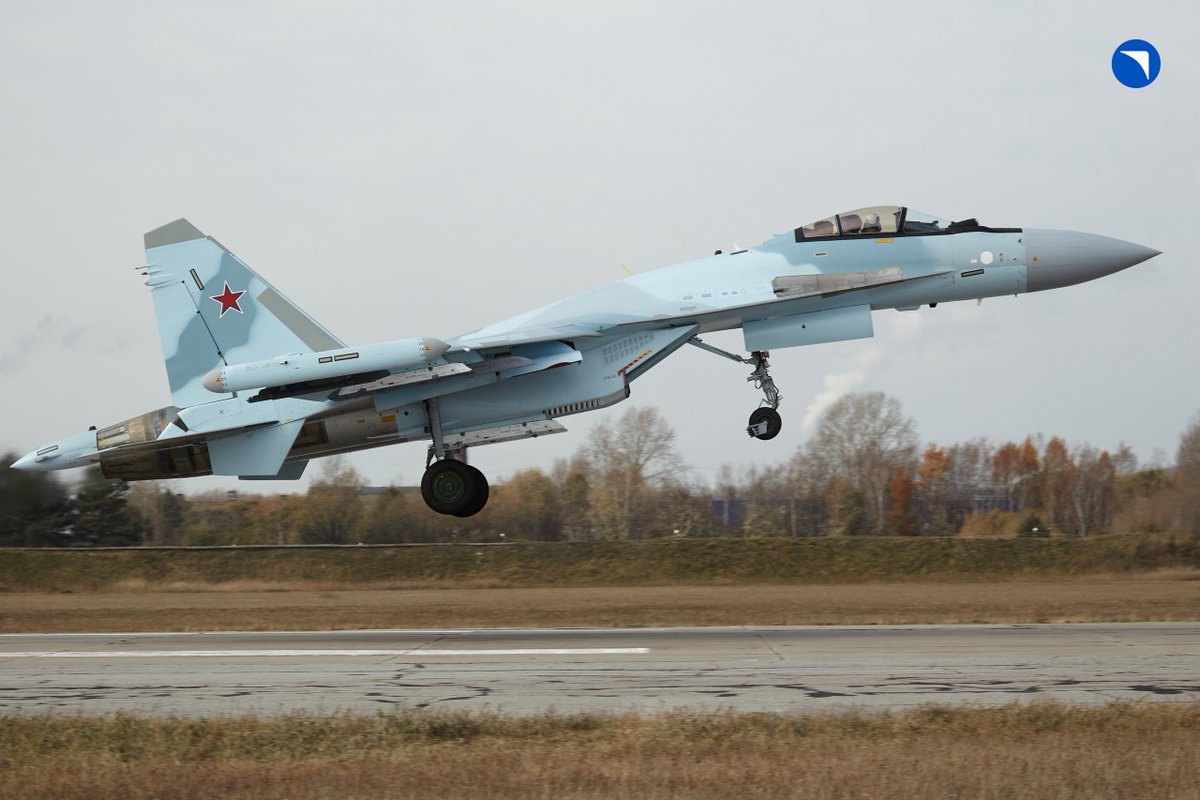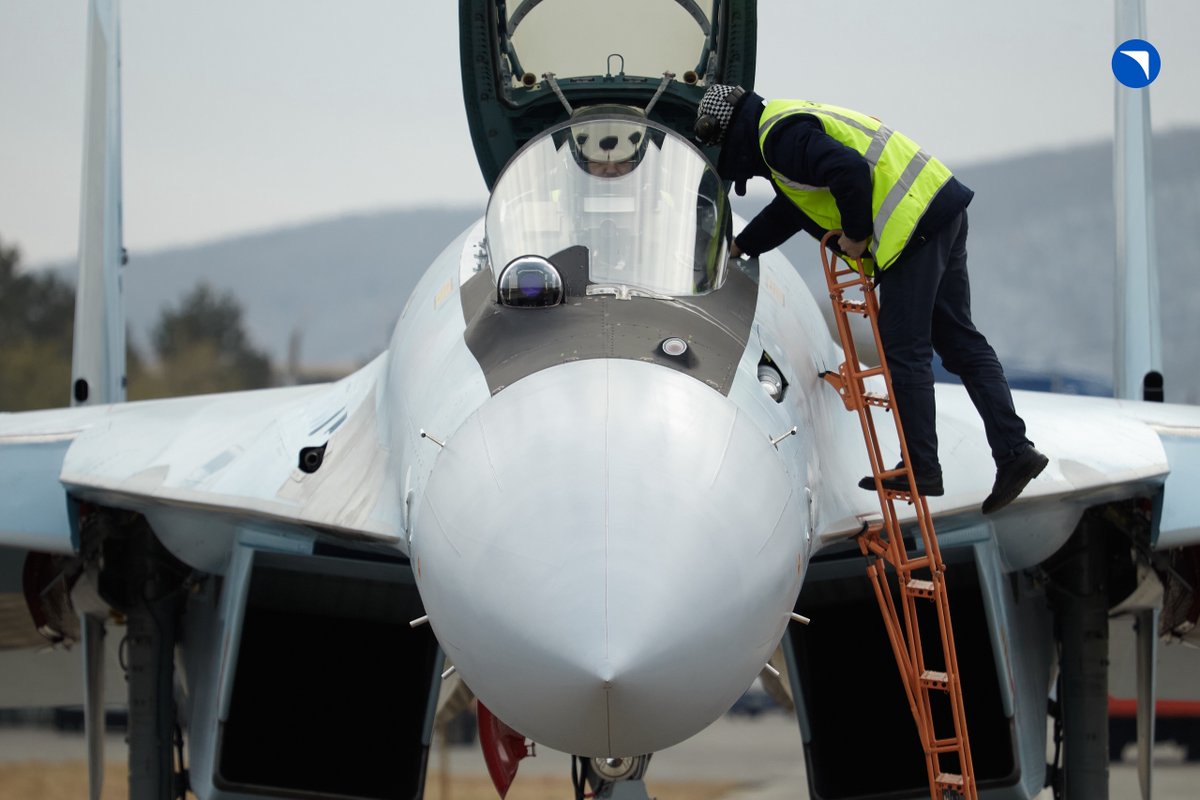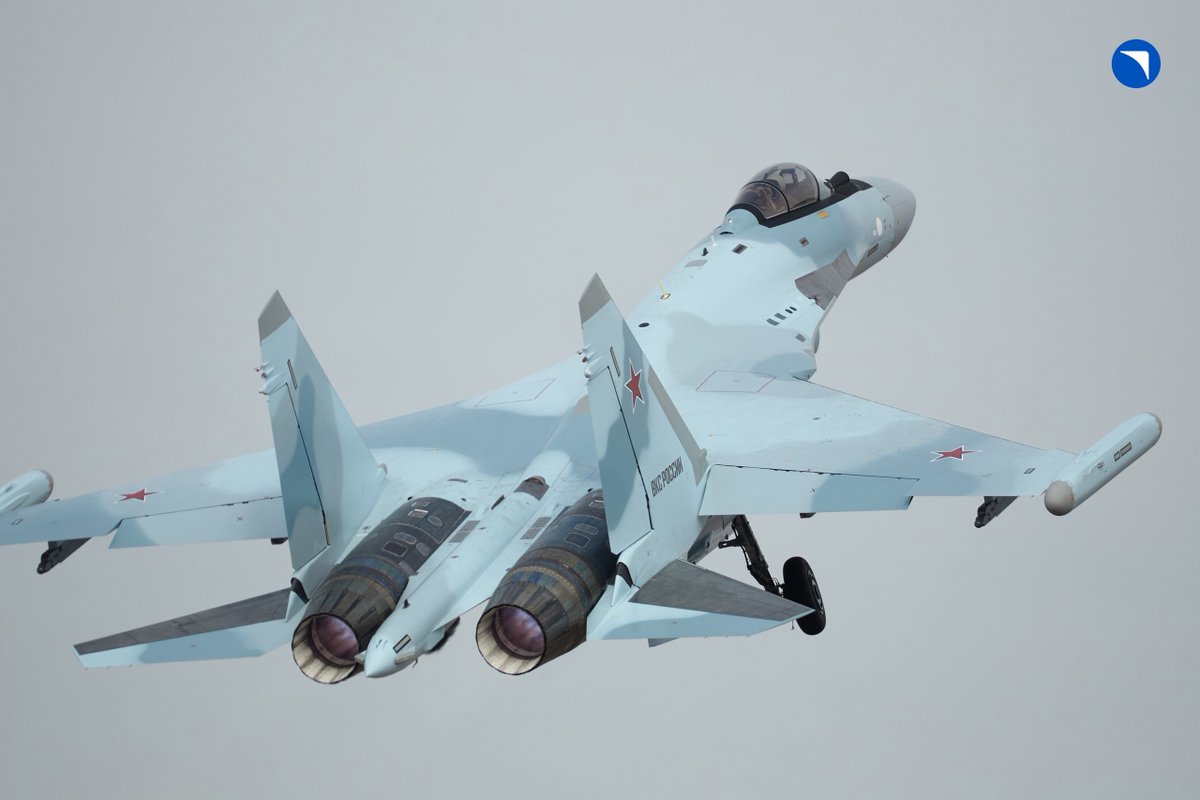On Saturday, November 1, 2025, the Russian state corporation Rostec announced that its subsidiary, the United Aircraft Corporation (UAC), had delivered the sixth batch this year of Su-35S multirole fighter aircraft (NATO reporting name: Flanker-E) to the Aerospace Forces (VKS).
As before, the 4++ generation aircraft underwent a full cycle of factory testing, were accepted by technical personnel, and were tested in various operational modes by pilots of the Russian Ministry of Defense. They were then flown under their own power from the Komsomolsk-on-Amur Aircraft Production Association (KnAAPO) in Russia’s Far East to their home air base.
Earlier deliveries this year took place on March 29, May 12, June 25, August 21, and September 24. Similarly, no information was provided about the size of the latest batch due to wartime information restrictions, but it is estimated that each delivery may include two to three aircraft.
“As part of the implementation of the objectives set by the Minister of Defense of the Russian Federation concerning the delivery of highly demanded weapons and equipment to the troops, the Aerospace Forces crews have received Su-35S aircraft. I would like to express my gratitude to the plant’s representatives and everyone involved in assembling and preparing the aircraft for their professionalism. The Su-35S has proven to be a reliable aviation system, capable of performing virtually any task assigned to operational-tactical aviation during the special military operation,” said a Su-35S pilot from the Aerospace Forces.
“Aircraft manufacturers belonging to the state corporation Rostec have confidently increased the pace of deliveries of modern combat aircraft to the Russian Ministry of Defense. This also applies to the Su-35S, currently the most capable modern fighter in the world. These aircraft have destroyed many enemy air targets. They are equipped with advanced systems and long-range weaponry. The Su-35S can effectively achieve air superiority and destroy ground and surface targets both day and night, in favorable and adverse weather conditions,” the Rostec statement reads.
“UAC maintains a high rate of aircraft production to meet the needs of the Russian Ministry of Defense. We are carrying out the key task of increasing the volume of military production. This year, we plan to deliver additional batches of operational-tactical and transport aircraft,” said Vadim Badekha, Director General of the United Aircraft Corporation (UAC).
Last year, UAC delivered four batches of Su-35S aircraft to the Ministry of Defense of the Russian Federation: on November 11, April 12, May 8, and September 12. In 2023, UAC delivered five batches of Su-35S aircraft: on November 24, October 24, September 28, June 23, and July 13—most likely from a 24-aircraft order placed in 2021 (the fourth production contract for the Su-35S). Deliveries of the first four aircraft began in December 2022, and the contract was originally expected to be completed by early 2024.
On June 7 of this year, one aircraft of this type was shot down over Kursk Oblast as a result of a successful operation by the Ukrainian Air Force—reportedly by an F-16 multirole fighter. It was the thirteenth Su-35S lost by Russia since the start of the full-scale war against Ukraine on February 24, 2022.
As of December 2022, when the last update on delivery numbers was provided, Russia possessed 110 Su-35S aircraft. However, upon completion of the mentioned contract, the total number should reach a maximum of 128 (minus aircraft lost in combat – editor’s note).
Compared to its predecessor, the Su-27P/S, the multirole Su-35S/SE features enlarged wings, tail surfaces, and air intakes, as well as a reduced radar cross-section (RCS). It is powered by two Saturn Lyulka AL-37F (117S) twin-shaft turbofan engines with thrust-vectoring nozzles and extended service life. The N035 Irbis-E radar, equipped with a passive electronically scanned array (PESA), is capable of tracking 30 airborne targets and engaging 8 simultaneously, or tracking up to 4 ground targets without interrupting airspace scanning.
Regarding Su-35S exports, the aircraft have been delivered to China (24 units) and Iran (originally 25 ordered, later reportedly increased to 48). Indonesia canceled its planned purchase of 11 aircraft, and Egypt withdrew from acquiring 24. The Su-35S has also been unsuccessfully offered to Turkey, the United Arab Emirates, India, and Algeria (which has now opted for the Su-57E), while Vietnam, Kazakhstan, North Korea, and Pakistan have expressed preliminary interest.
This year, reports emerged that Sudan, which had previously shown interest, is once again negotiating a purchase, and leaked information indicated that Ethiopia has acquired six aircraft.


